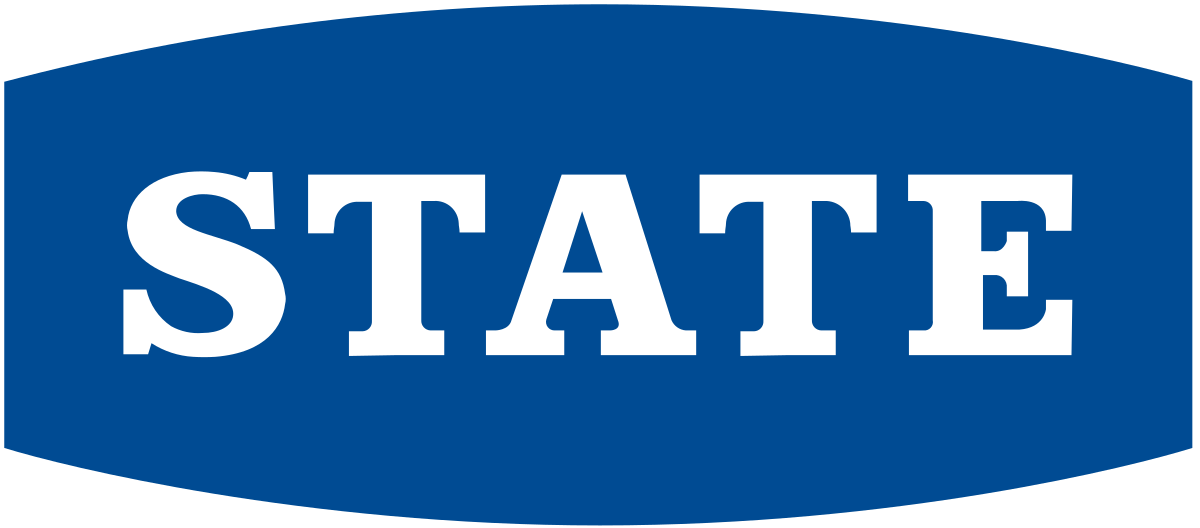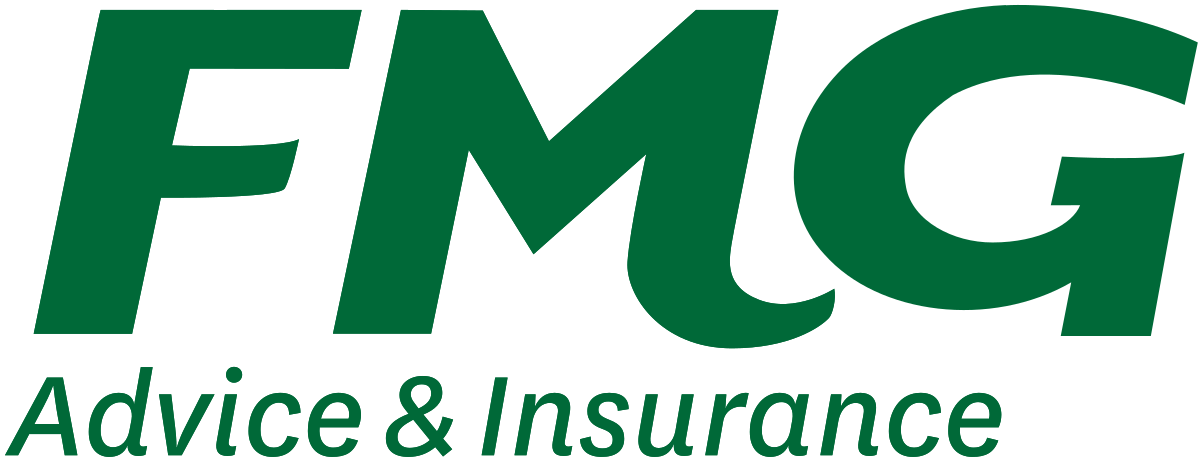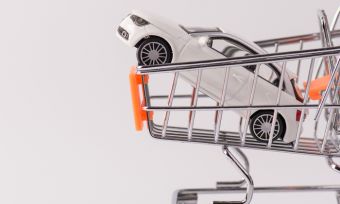When you’re looking for a new car, whether it’s brand new or new to you, you may want to sell your old car at the same time. But is trading in your old car a better option than selling it separately when it comes to the value you might receive? Let’s take a look at some of the factors affecting the trade-in value of a car.
What is the trade-in value of a car? In this article we cover:
- What is the trade-in value of a car?
- Should I trade in my car or sell it privately?
- Trading in your car while you’re still paying it off
- How to get the best trade-in value
What is the trade-in value of a car?
The trade-in value is the amount that a dealer is willing to offer you towards the purchase of a new car in exchange for your current one. It’s typically based on the market value of your car (the amount it would sell for on the open market).
The trade in value can vary depending on a number of factors, such as the popularity of the make and model, how many similar cars the dealer already has on the lot, and the age and condition of your car when you take it in to trade.
Dealers will often offer a price that is thousands of dollars less than you may get if you sell your car privately. There are a few websites out there in NZ that will give you a rough estimate of how much your car might be worth, e.g Driven. They do this by taking into account the make, distance it’s got on the clock, etc.
Compare Outstanding Value Car Insurance with Canstar
Looking for great value car insurance for you and your family? Each year, we release our car insurance awards, including winners for Insurer of the Year, Outstanding Value, and Most Satisfied Customers. As part of our award results, we also publish our Outstanding Value Star Ratings, covering car insurance for different age groups. Below are our top-rated providers in the drivers aged 30-49 category. Click here to view our complete car insurance Star Ratings for all age groups.
Comprehensive Cover: Drivers 30-49:
| Provider | Star Rating |

Car Insurer of the Year |
 |
 |
|
 |
 |
See here for our ratings methodology. The table above is an abridged version of our research. For the full results of our latest Car Insurance Ratings and Award, click here.
Should I trade in my car or sell it privately?
When upgrading your car, there are a few ways to go about it. Usually, it involves either selling the vehicle privately, or trading it in with a dealer. Even selling through a dealer you have the choice between trading the car, with the money going towards your next car purchase at the same dealership, or selling your vehicle to a used dealership for cash. In this section, we consider some potential pros and cons of trading in your car.
What are the potential benefits of trading in your car?
There are a few advantages to trading in your car. These include:
- Trading in with a dealer is generally seen as a quick and convenient option, as you avoid the need to advertise your vehicle and meet with potential buyers
- Trading in may offer a more straightforward solution, particularly if your car is a common model, requires repairs or has a lot of kilometres on the clock, as you can avoid having to spend time and money preparing it for sale. Some dealers may deduct the cost of any repairs required from the price they offer for your vehicle
- Trading in your old car, as with selling your car privately, could mean lowering the amount you need to pay for the new vehicle and, subsequently, lowering the amount you need to borrow if you require finance
What are the potential drawbacks of trading in your car?
There can also be some cons to trading in your car. These include:
- Privately selling your vehicle may get you more money. Dealers won’t necessarily offer you the full value of your car, as they will later seek to sell it at a profit. This may be particularly true if your current vehicle is a relatively recent model, or in high demand
- You are more limited with what you can use the money to purchase, such as the vehicles within that particular dealership. When you sell your vehicle privately, you usually receive the money either as cash or a credit in your bank account, allowing you to spend the money as you choose. With a trade-in, the value of your vehicle is usually used solely to offset the cost of a new vehicle. However, it may also be possible – albeit less common – to trade your car in with a dealer for cash.
- In some cases, a dealer may decline to buy your car, particularly if it is old or in low demand.
→ Buying a car? Compare car insurance with Canstar
Trading in your car while you’re still paying it off
Generally, if you’re trading in a car you still owe money on, you’re sitting in one of two camps – positive or negative equity. This will impact the amount you will receive from the dealer to go towards your next car.
Should I trade in my car if I have positive equity?
If your car is worth more than the amount you owe on your current car loan, it is known as positive equity. Let’s say you have been making repayments and the current balance of your car loan is $3000. You take your car into a dealership to trade it in, and the dealer offers you $5000 for it. What may happen in this situation is the dealer takes your car, pays off the loan and puts that extra $2000 towards the purchase of your new vehicle, lowering the purchase price of the car and the amount of the new loan.
Should I trade in my car if I have negative equity?
If your car is worth less than the loan amount remaining, this is called being in negative equity, and you may have to pay the difference between your loan balance and the trade-in value at the dealership. For example, if you owe $5000 on your current car loan and the dealer offers you $3000 for your car, then you have $2000 of negative equity.
When it comes to making the trade, you may need to pay off the outstanding amount – in this example $2000 – when making the new car purchase. Alternatively, the dealer may suggest that you roll the negative equity over into the loan for your new car.
How to get the best trade in value
- Take care of your car. Consider getting it serviced regularly and ensure each service is recorded in the car’s logbook as proof of maintenance
- Make repairs as necessary. If something doesn’t seem right with your car, don’t just ignore it, because the dealer probably won’t
- Keep the car clean. Especially when you take it in to the dealership, ensure that both the inside and the outside of the car are clean and well maintained. First impressions count
- Do your research. Find out what your car may be worth and how much other people are asking for similar cars. Knowing how much your car is likely to get on the open market will help you identify if the dealer is under-pricing your vehicle
- Familiarise yourself with common dealer tactics. They want to make a profit from your vehicle, so the lower the trade in value they offer, the more money they stand to make
- Look around for the best deal. Consider visiting a few different car dealerships so you can compare what they are willing to offer
About the author of this page
This report was written by Canstar Content Producer, Caitlin Bingham. Caitlin is an experienced writer whose passion for creativity led her to study communication and journalism. She began her career freelancing as a content writer, before joining the Canstar team.








Share this article